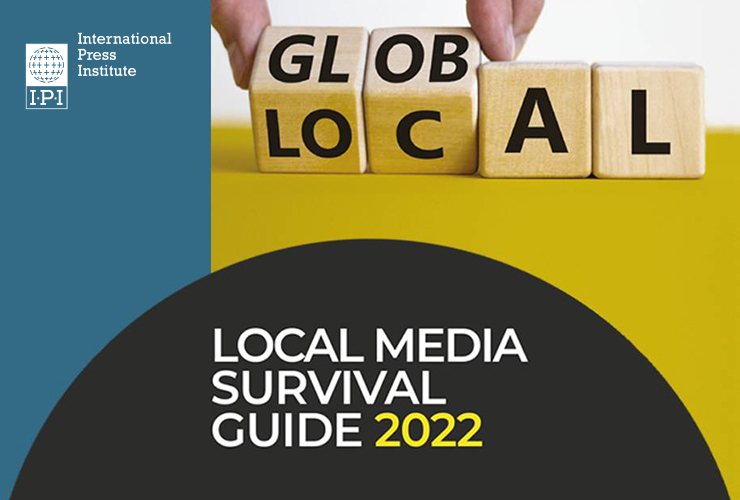Across the IPI global network of journalists, editors, and publishers, we’ve been speaking to more local media builders in more countries than ever before. Through the network we’ve tracked down the different ways media are talking to – and with – their local communities. It’s given us a front-row seat to some of the most exciting ways that local media are re-imagining journalism and building sustainability to meet the moment.
We travelled virtually: from women talking to women in villages in northern India to local tax watchers holding the government to account in Guatemala. We talked to new players with new ideas and to traditional media trying to pull off the always-challenging transition to the digital world.
